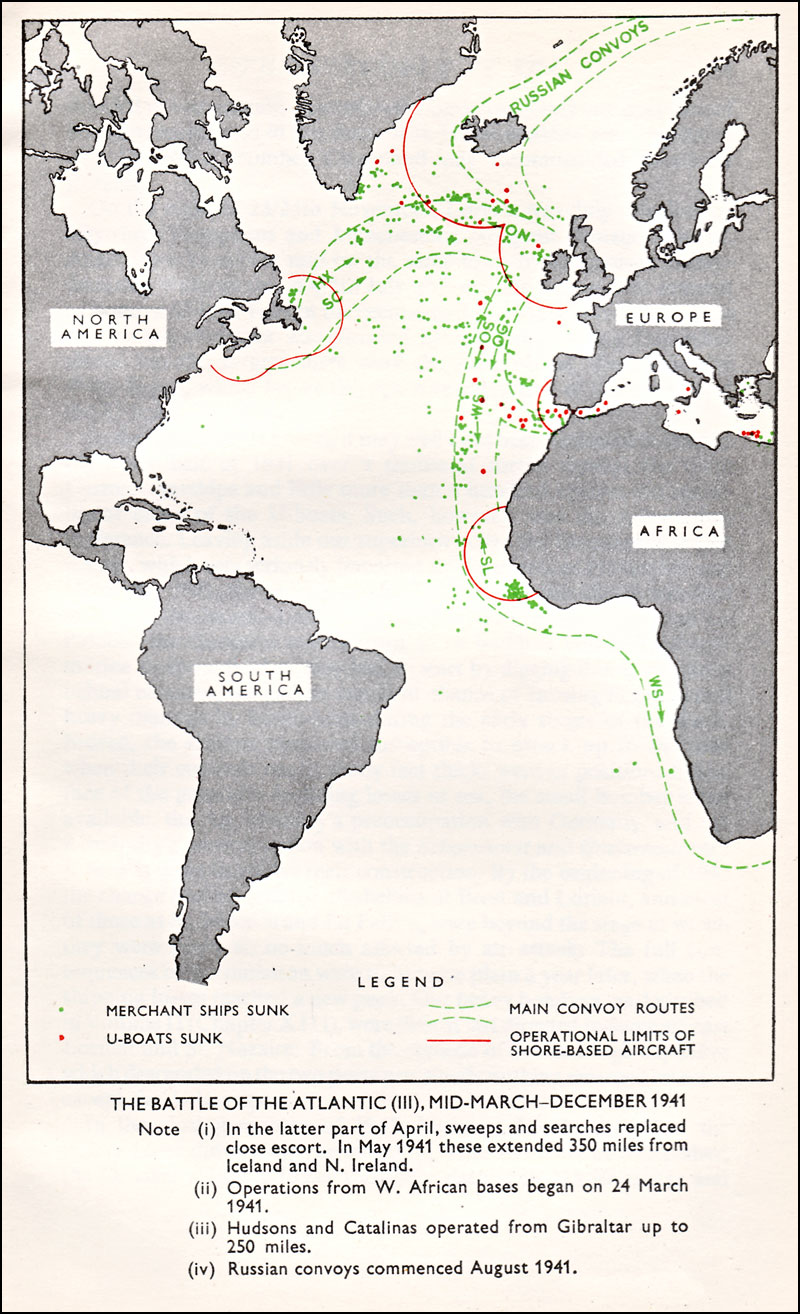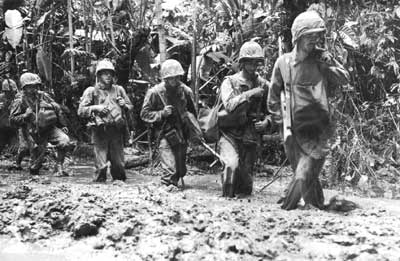|
Japanese Auxiliary Gunboat Heijo Maru
''Heijo Maru'' (''Japanese:'' 平壌丸) was an auxiliary gunboat of the Imperial Japanese Navy during World War II. The vessel was initially constructed as a merchant ship in 1940, the ship was requisitioned in 1941 and remained in service until September 1943, when she was sunk by torpedoes while on convoy duty in the Solomon Islands. History ''Heijo Maru'' was laid down as a Standard Peacetime Type C merchant ship by shipbuilder Uraga Senkyo on 29 August, 1939, and was Ceremonial ship launching, launched on 19 July 1940. In 28 November, 1941, she was requisitioned by the Imperial Japanese Navy and converted to an auxiliary gunboat. On 4 September 1943, she was sunk while on convoy duty after being hit by three torpedoes from the at () northeast of Bougainville Island, Solomon Islands. References 1940 ships Ships built by Uraga Dock Company Maritime incidents in September 1943 Ships sunk by American submarines {{Japan-mil-ship-stub ... [...More Info...] [...Related Items...] OR: [Wikipedia] [Google] [Baidu] |
Empire Of Japan
The also known as the Japanese Empire or Imperial Japan, was a historical nation-state and great power that existed from the Meiji Restoration in 1868 until the enactment of the post-World War II 1947 constitution and subsequent formation of modern Japan. It encompassed the Japanese archipelago and several colonies, protectorates, mandates, and other territories. Under the slogans of and following the Boshin War and restoration of power to the Emperor from the Shogun, Japan underwent a period of industrialization and militarization, the Meiji Restoration, which is often regarded as the fastest modernisation of any country to date. All of these aspects contributed to Japan's emergence as a great power and the establishment of a colonial empire following the First Sino-Japanese War, the Boxer Rebellion, the Russo-Japanese War, and World War I. Economic and political turmoil in the 1920s, including the Great Depression, led to the rise of militarism, nat ... [...More Info...] [...Related Items...] OR: [Wikipedia] [Google] [Baidu] |
Vertical Triple Expansion
A compound steam engine unit is a type of steam engine where steam is expanded in two or more stages. A typical arrangement for a compound engine is that the steam is first expanded in a high-pressure ''(HP)'' cylinder, then having given up heat and losing pressure, it exhausts directly into one or more larger-volume low-pressure ''(LP)'' cylinders. Multiple-expansion engines employ additional cylinders, of progressively lower pressure, to extract further energy from the steam. Invented in 1781, this technique was first employed on a Cornish beam engine in 1804. Around 1850, compound engines were first introduced into Lancashire textile mills. Compound systems There are many compound systems and configurations, but there are two basic types, according to how HP and LP piston strokes are phased and hence whether the HP exhaust is able to pass directly from HP to LP ( Woolf compounds) or whether pressure fluctuation necessitates an intermediate "buffer" space in the form of a s ... [...More Info...] [...Related Items...] OR: [Wikipedia] [Google] [Baidu] |
Gunboat
A gunboat is a naval watercraft designed for the express purpose of carrying one or more guns to bombard coastal targets, as opposed to those military craft designed for naval warfare, or for ferrying troops or supplies. History Pre-steam era In the age of sail, a gunboat was usually a small undecked vessel carrying a single smoothbore cannon in the bow, or just two or three such cannons. A gunboat could carry one or two masts or be oar-powered only, but the single-masted version of about length was most typical. Some types of gunboats carried two cannons, or else mounted a number of swivel guns on the railings. The small gunboat had advantages: if it only carried a single cannon, the boat could manoeuvre in shallow or restricted areas – such as rivers or lakes – where larger ships could sail only with difficulty. The gun that such boats carried could be quite heavy; a 32-pounder for instance. As such boats were cheap and quick to build, naval forces favoured sw ... [...More Info...] [...Related Items...] OR: [Wikipedia] [Google] [Baidu] |
Imperial Japanese Navy
The Imperial Japanese Navy (IJN; Kyūjitai: Shinjitai: ' 'Navy of the Greater Japanese Empire', or ''Nippon Kaigun'', 'Japanese Navy') was the navy of the Empire of Japan from 1868 to 1945, when it was dissolved following Japan's surrender in World War II. The Japan Maritime Self-Defense Force (JMSDF) was formed between 1952–1954 after the dissolution of the IJN. The Imperial Japanese Navy was the third largest navy in the world by 1920, behind the Royal Navy and the United States Navy (USN). It was supported by the Imperial Japanese Navy Air Service for aircraft and airstrike operation from the fleet. It was the primary opponent of the Western Allies in the Pacific War. The origins of the Imperial Japanese Navy go back to early interactions with nations on the Asian continent, beginning in the early medieval period and reaching a peak of activity during the 16th and 17th centuries at a time of cultural exchange with European powers during the Age of Discovery. After ... [...More Info...] [...Related Items...] OR: [Wikipedia] [Google] [Baidu] |
World War II
World War II or the Second World War, often abbreviated as WWII or WW2, was a world war that lasted from 1939 to 1945. It involved the World War II by country, vast majority of the world's countries—including all of the great powers—forming two opposing military alliances: the Allies of World War II, Allies and the Axis powers. World War II was a total war that directly involved more than 100 million Military personnel, personnel from more than 30 countries. The major participants in the war threw their entire economic, industrial, and scientific capabilities behind the war effort, blurring the distinction between civilian and military resources. Air warfare of World War II, Aircraft played a major role in the conflict, enabling the strategic bombing of population centres and deploying the Atomic bombings of Hiroshima and Nagasaki, only two nuclear weapons ever used in war. World War II was by far the List of wars by death toll, deadliest conflict in hu ... [...More Info...] [...Related Items...] OR: [Wikipedia] [Google] [Baidu] |
Convoy
A convoy is a group of vehicles, typically motor vehicles or ships, traveling together for mutual support and protection. Often, a convoy is organized with armed defensive support and can help maintain cohesion within a unit. It may also be used in a non-military sense, for example when driving through remote areas. Naval convoys Age of Sail Naval convoys have been in use for centuries, with examples of merchant ships traveling under naval protection dating to the 12th century. The use of organized naval convoys dates from when ships began to be separated into specialist classes and national navies were established. By the French Revolutionary Wars of the late 18th century, effective naval convoy tactics had been developed to ward off pirates and privateers. Some convoys contained several hundred merchant ships. The most enduring system of convoys were the Spanish treasure fleets, that sailed from the 1520s until 1790. When merchant ships sailed independently, a privateer ... [...More Info...] [...Related Items...] OR: [Wikipedia] [Google] [Baidu] |
Solomon Islands
Solomon Islands is an island country consisting of six major islands and over 900 smaller islands in Oceania, to the east of Papua New Guinea and north-west of Vanuatu. It has a land area of , and a population of approx. 700,000. Its capital, Honiara, is located on the largest island, Guadalcanal. The country takes its name from the wider area of the Solomon Islands (archipelago), which is a collection of Melanesian islands that also includes the Autonomous Region of Bougainville (currently a part of Papua New Guinea), but excludes the Santa Cruz Islands. The islands have been settled since at least some time between 30,000 and 28,800 BCE, with later waves of migrants, notably the Lapita people, mixing and producing the modern indigenous Solomon Islanders population. In 1568, the Spanish navigator Álvaro de Mendaña was the first European to visit them. Though not named by Mendaña, it is believed that the islands were called ''"the Solomons"'' by those who later r ... [...More Info...] [...Related Items...] OR: [Wikipedia] [Google] [Baidu] |
Uraga Senkyo
was a major privately owned shipyard in Uraga, Japan, which built numerous warships for the Imperial Japanese Navy. History Uraga Dock Company was founded by Enomoto Takeaki in 1869. A shipyard had already existed in Uraga from the end of the Edo period. When Commodore Perry's flagship anchored off Uraga in 1854, one of the officials of the Tokugawa shogunate who boarded the American vessel was a trained shipwright, Nakajima Saburosuke. His observation of the ship's interior enabled him to deduce the details of its design and construction, and after the departure of Perry back to the United States, the government ordered him to start construction of a three-masted barque, called the ''Hōō maru''. He subsequently participated in the repair of the Dutch-built ''Kanrin maru'', during which time he constructed the first dry dock built in Japan in 1859. However, the Tokugawa government decided to establish its own shipyards at nearby Yokosuka, and the Uraga facilities went out ... [...More Info...] [...Related Items...] OR: [Wikipedia] [Google] [Baidu] |
Ceremonial Ship Launching
Ceremonial ship launching involves the performance of ceremonies associated with the process of transferring a vessel to the water. It is a nautical tradition in many cultures, dating back thousands of years, to accompany the physical process with ceremonies which have been observed as public celebration and a solemn blessing, usually but not always, in association with the launch itself. Ship launching imposes stresses on the ship not met during normal operation and, in addition to the size and weight of the vessel, represents a considerable engineering challenge as well as a public spectacle. The process also involves many traditions intended to invite good luck, such as christening by breaking a sacrificial bottle of champagne over the bow (ship), bow as the ship is named aloud and launched. Methods There are three principal methods of conveying a new ship from building site to water, only two of which are called "launching". The oldest, most familiar, and most widel ... [...More Info...] [...Related Items...] OR: [Wikipedia] [Google] [Baidu] |
Torpedo
A modern torpedo is an underwater ranged weapon launched above or below the water surface, self-propelled towards a target, and with an explosive warhead designed to detonate either on contact with or in proximity to the target. Historically, such a device was called an automotive, automobile, locomotive, or fish torpedo; colloquially a ''fish''. The term ''torpedo'' originally applied to a variety of devices, most of which would today be called mines. From about 1900, ''torpedo'' has been used strictly to designate a self-propelled underwater explosive device. While the 19th-century battleship had evolved primarily with a view to engagements between armored warships with large-caliber guns, the invention and refinement of torpedoes from the 1860s onwards allowed small torpedo boats and other lighter surface vessels, submarines/submersibles, even improvised fishing boats or frogmen, and later light aircraft, to destroy large ships without the need of large guns, though ... [...More Info...] [...Related Items...] OR: [Wikipedia] [Google] [Baidu] |
Bougainville Island
Bougainville Island ( Tok Pisin: ''Bogenvil'') is the main island of the Autonomous Region of Bougainville, which is part of Papua New Guinea. It was previously the main landmass in the German Empire-associated North Solomons. Its land area is . The population of the whole province, including nearby islets such as the Carterets, is approximately 300,000 (2019 census). The highest point is Mount Balbi, on the main island, at . The much smaller Buka Island, , lies to the north, across the wide Buka Strait. Even though the strait is narrow, there is no bridge across it, but there is a regular ferry service between the key settlements on either side. The main airport (or airstrip) in the north is in the town of Buka. Bougainville is the largest island in the Solomon Islands archipelago. Most of the islands in this archipelago (which are primarily concentrated in the southern and eastern portions of it) are part of the politically independent Solomon Islands. Two of these is ... [...More Info...] [...Related Items...] OR: [Wikipedia] [Google] [Baidu] |
1940 Ships
Year 194 ( CXCIV) was a common year starting on Tuesday (link will display the full calendar) of the Julian calendar. At the time, it was known as the Year of the Consulship of Septimius and Septimius (or, less frequently, year 947 ''Ab urbe condita''). The denomination 194 for this year has been used since the early medieval period, when the Anno Domini calendar era became the prevalent method in Europe for naming years. Events By place Roman Empire * Emperor Septimius Severus and Decimus Clodius Septimius Albinus Caesar become Roman Consuls. * Battle of Issus: Septimius Severus marches with his army (12 legions) to Cilicia, and defeats Pescennius Niger, Roman governor of Syria. Pescennius retreats to Antioch, and is executed by Severus' troops. * Septimius Severus besieges Byzantium (194–196); the city walls suffer extensive damage. Asia * Battle of Yan Province: Warlords Cao Cao and Lü Bu fight for control over Yan Province; the battle lasts for over 100 d ... [...More Info...] [...Related Items...] OR: [Wikipedia] [Google] [Baidu] |







